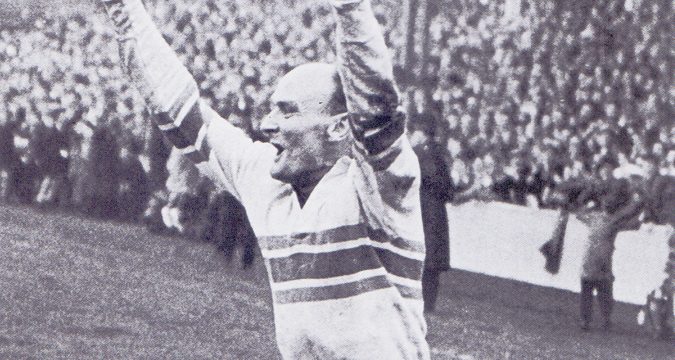 With a modern-day winger and Super League star producing plenty of points, our time machine tracks the exploits - and eccentricities - of the wideman who became rugby league's most productive player ever, Brian Bevan.
RYAN HALL's recent scoring feats have brought bumper try tallies firmly into focus.
Back in June, the Hull KR ace who will re
With a modern-day winger and Super League star producing plenty of points, our time machine tracks the exploits - and eccentricities - of the wideman who became rugby league's most productive player ever, Brian Bevan.
RYAN HALL's recent scoring feats have brought bumper try tallies firmly into focus.
Back in June, the Hull KR ace who will re Time Machine: The exploits and eccentricities of record try-scorer Brian Bevan
 With a modern-day winger and Super League star producing plenty of points, our time machine tracks the exploits - and eccentricities - of the wideman who became rugby league's most productive player ever, Brian Bevan.
RYAN HALL's recent scoring feats have brought bumper try tallies firmly into focus.
Back in June, the Hull KR ace who will re
With a modern-day winger and Super League star producing plenty of points, our time machine tracks the exploits - and eccentricities - of the wideman who became rugby league's most productive player ever, Brian Bevan.
RYAN HALL's recent scoring feats have brought bumper try tallies firmly into focus.
Back in June, the Hull KR ace who will re 